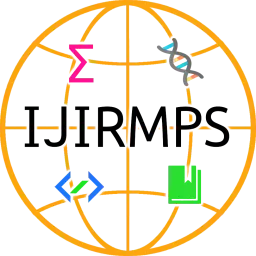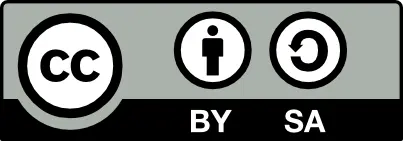Comparison of AODV and DSR on the basis of Performance Matrices in MANET - A Survey
Authors: Prachi Mishra, Neelesh Gupta
DOI: https://doi.org/10.17605/OSF.IO/CVQB3
Short DOI: https://doi.org/ggrs8r
Country:
Full-text Research PDF File:
View |
Download
Abstract: This MANETs are being widely studied and it is the technology that is attracting a large variety of applications. Routing in MANETs is considered a challenging task due to the unpredictable changes in the network topology, resulting from the random and frequent movement of the nodes and due to the absence of any centralized control. Efficient routing protocols can provide significant benefits to mobile ad hoc networks in terms of both performance and reliability. In this paper, we evaluate the performance of two reactive routing protocols, Ad hoc On demand Distance Vector (AODV) and Dynamic Source Routing (DSR). The major goal of this study is to analyze the performance of well known MANETs routing protocol in random mobility case. Hence it becomes important to study the impact of mobility on the performance of these routing protocols. The performance is analyzed with respect to performance matrices like Average End-to-End Delay, Normalized Routing Load (NRL), Packet Delivery Fraction (PDF), and Throughput and also measures the performance of TCP and UDP packets. Analysis results verify that AODV gives better performance as compared to DSR.
Keywords: MANET, Routing Protocols, AODV, DSR
Paper Id: 31
Published On: 2014-11-07
Published In: Volume 2, Issue 6, November-December 2014





 All research papers published in this journal/on this website are openly accessible and licensed under
All research papers published in this journal/on this website are openly accessible and licensed under 